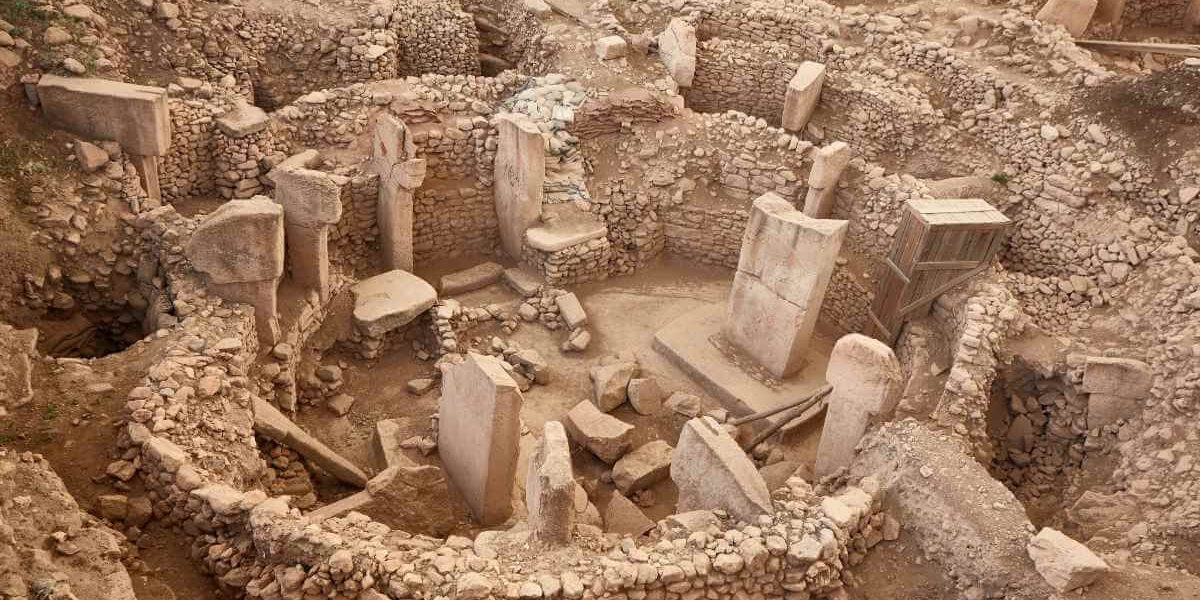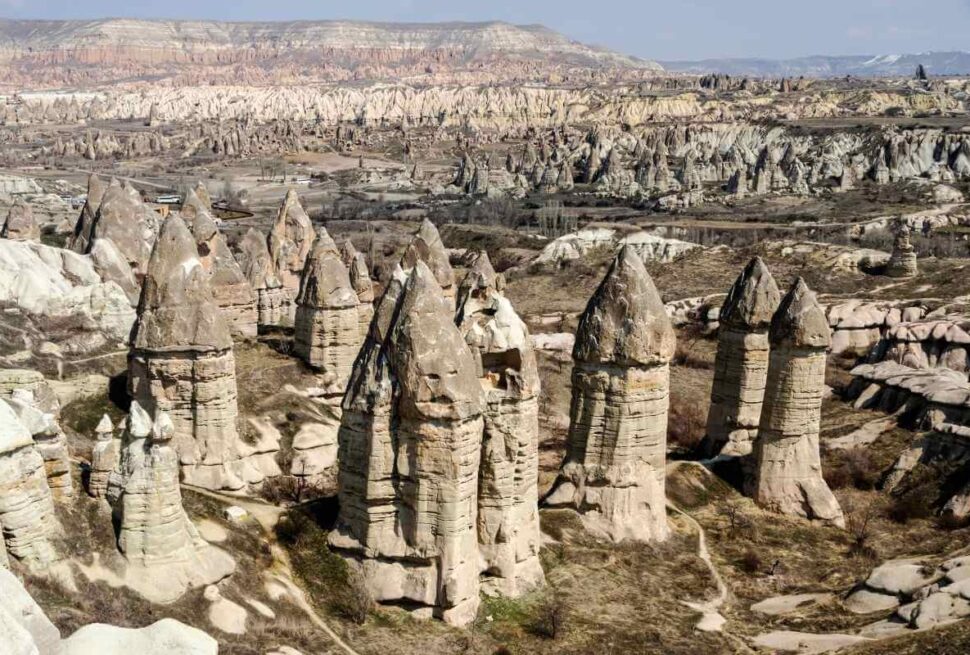Table of Contents
Introduction
High atop the sunbaked hills of Southeastern Turkey lies one of humanity’s most astounding archaeological treasures — Göbekli Tepe, the world’s oldest known temple complex. Older than Stonehenge by 6,000 years and predating the Great Pyramids of Giza by millennia, this Neolithic marvel has forever changed how we understand the dawn of civilization. Its massive carved pillars, intricate animal reliefs, and mysterious purpose have baffled and inspired archaeologists since its discovery in the 1990s.
If you’re a traveler seeking to walk in the footsteps of our earliest ancestors, Göbekli Tepe offers a journey back in time like no other. This guide will take you through its rich history, practical travel tips, best times to visit, and the top tours that will make your trip truly unforgettable.
A Brief History of Göbekli Tepe
Discovery and Excavation
Göbekli Tepe, meaning “Potbelly Hill” in Turkish, was discovered in 1963 during a survey conducted by Istanbul University and the University of Chicago. For decades, its significance was overlooked until the late 1990s, when German archaeologist Klaus Schmidt recognized its importance. Since then, excavations have revealed monumental T-shaped limestone pillars arranged in circular enclosures, some weighing up to 20 tons.
Age and Significance
Radiocarbon dating places Göbekli Tepe at around 9,600 BCE, making it the earliest known temple site in the world. Its existence suggests that complex religious practices and communal construction projects occurred before the advent of agriculture — a revelation that challenges long-standing theories of human development.
Theories and Mysteries
Archaeologists believe Göbekli Tepe served as a ceremonial center for hunter-gatherer groups. The carved animals — lions, snakes, boars, and birds — may have had symbolic or spiritual meaning. Yet, without written records, its true purpose remains a mystery, fueling debates and inspiring countless documentaries and research papers.
What to See at Göbekli Tepe
The Stone Circles
The site’s most iconic features are its massive T-shaped pillars, arranged in circles up to 20 meters across. Each pillar is adorned with carvings, some abstract and others depicting animals in astonishing detail.
Visitor Walkways
Modern walkways provide panoramic views of the excavation pits, allowing visitors to admire the craftsmanship while preserving the delicate site.
Interpretive Center
The nearby museum showcases artifacts found during excavation, along with interactive exhibits explaining the site’s significance.
Best Time to Visit
Göbekli Tepe can be visited year-round, but the spring (April–May) and autumn (September–October) months offer the most pleasant temperatures. Summers in Şanlıurfa can be extremely hot, while winters may bring chilly winds to the open hilltop.
How to Get There
Göbekli Tepe is located about 15 km (9 miles) northeast of Şanlıurfa, a historic city also known as Urfa.
- By Air: The nearest airport is Şanlıurfa GAP Airport, with regular flights from Istanbul and Ankara.
- By Car/Taxi: From Şanlıurfa city center, it’s a 20–30 minute drive.
- By Tour: Joining a guided tour ensures you have expert insights into the site’s history and significance.
Travel Tips
- Wear comfortable shoes — pathways are uneven and you’ll be doing plenty of walking.
- Bring water and sun protection — shade is minimal at the site.
- Hire a guide — local guides provide fascinating details that you might otherwise miss.
- Combine with nearby attractions — Şanlıurfa’s Balıklıgöl, Harran’s beehive houses, and the ancient city of Mardin are within reach.
Adventurer’s FAQ
Q: How old is Göbekli Tepe?
A: Around 11,600 years old, making it the world’s oldest known temple.
Q: Can I take photos?
A: Yes, photography is allowed, but drones require special permission.
Q: Is it accessible for wheelchair users?
A: The main walkways are accessible, but some areas may be challenging.
Q: How long should I spend there?
A: Allocate at least 2–3 hours to explore the site and visitor center.
Q: Are there any restaurants nearby?
A: Small cafés and eateries can be found in Şanlıurfa, but bring snacks if you plan a long visit.
Conclusion
Göbekli Tepe is more than just an archaeological site — it’s a time capsule of humanity’s earliest spiritual and social structures. Standing among its ancient pillars, you can almost feel the presence of the people who built it over 11 millennia ago. Whether you’re a history enthusiast, an adventurer, or a casual traveler, a visit here will leave you with a deep appreciation for the ingenuity and mystery of our ancestors.




